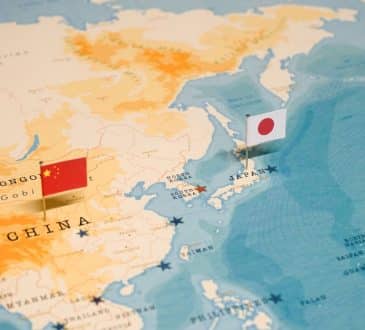Why You Should Eliminate Your Free Time

What is free time anyway? Free means release from captivity or acting as you wish. Time is a plan or schedule of when something should happen. Free time means acting as you wish when something should happen. It’s almost an oxymoron like “working vacation”. If I said to someone, “you can do that in your free time” they would likely laugh at me. No one really has free time. However, any time on your calendar that is not specifically designed with a purpose is free time.
I’m not suggesting that you give up your family time, leisure time, or fun time or even your own personal time. I would support you if you wanted to spend more time in those areas. What I am suggesting is that “free time” should be planned just like any of your other projects or meetings.
So, what if you scheduled time that you are sleeping, eating, spending time with family, or running errands? Would you be making better use of your free time if it were scheduled? I think that we get more out of life, personal and professional, when we schedule it in half hour increments and not leave it open for chance. If we leave it open for chance, then it is someone else’s goals or priorities that we will likely be spending our time on.
Here’s what I suggest. Schedule out all 168 hours of your week. Here are three simple steps to do that.
Step 1: Schedule your regular work day
Let’s start with your regular work day. That may be easiest because most of it may already be scheduled. Look at the open time slots and schedule those too for the upcoming week. For example, if you have a two-hour open slot on Tuesday, what project can you move forward during that time?
Step 2: Schedule your work days, non-work time.
Schedule the time you plan to go to sleep until the time you plan to wake up. There are numerous studies on the importance of sleep for your productivity. Next, schedule what you will do between the time you wake-up and start your work day. That may include a morning routine, exercise, getting ready, commuting, or breakfast. Start slotting all of those in your schedule.
Do the same for the time between the end of your work day and the time you go to sleep. What will that include? Dinner, family time, television, reading. Plan it out.
Step 3: Schedule non-work days
Let’s assume Saturday is your next non-working day. Define your plan for next Saturday. This may include errands, getting together with friends, dinner out, theater, hiking.
One of the dimensions in the Myers-Briggs Type Indicator, a behavioral assessment, is how you live your life. Judgers (J) live their life in a structured, planned way, and Perceivers (P) prefer to leave their options open. Some may be reading this and thinking, I don’t want to schedule something for every minute, sometimes I just want to be completely open. Great, then schedule that! As I respond to my wife when she says, “let’s be completely spontaneous this weekend,” I’m fine being spontaneous—as long as we plan to be spontaneous.
Below you will see two sample days of what this could look like, a Tuesday and a Saturday. You will see how intentional the schedule is from wake-up time all the way through sleep time. Let’s look at some of the highlights of each of the days. On Tuesday, wake-up time is set for 6:00 AM. Then, we have some time blocked for a morning routine. That could include journaling, exercising, meditating, praying, or whatever else is important to you to set your day on the right path. Next, we have an hour blocked to get ready, and a half-hour commute.
Please note, I have three half-hour blocks to process email. This is a best practice to stay current with email. There is specific time blocked to work on projects – project A and project B. If that weren’t there, perhaps the time would be open. This is a key concept to schedule your time, so you know exactly what you will be working on. In the evening, there’s time for dinner and family time. This is an example only, and I encourage you to map out a day that works for you.
On Saturday, you will see some similar concepts in place. Perhaps we sleep an hour later on Saturday, we have kid’s activities, family time, and an evening out planned. Also, we are out a little later, so maybe getting to sleep later on the weekend.
For each step, keep in mind who else will be involved in your schedule and get them on board as well. If you do this in a vacuum, you may be surprised at what others have in mind.
If we really want to be productive in our personal and professional lives, we must maximize our calendar. The calendar is the number one productivity tool used by the most productive people.
Example of daily schedules:
Happy scheduling.
Written by Don Khouri.
Bring the best of the CEOWORLD magazine's global journalism to audiences in the United States and around the world. - Add CEOWORLD magazine to your Google News feed.
Follow CEOWORLD magazine headlines on: Google News, LinkedIn, Twitter, and Facebook.
Copyright 2025 The CEOWORLD magazine. All rights reserved. This material (and any extract from it) must not be copied, redistributed or placed on any website, without CEOWORLD magazine' prior written consent. For media queries, please contact: info@ceoworld.biz













